Improving Gait (Walking) Speed
Faster gait (walking) speed is associated with longer life expectancy. There are several ways to help your loved one stay on their feet and moving.
Get insurance benefits, legal documents, and medical records in one place
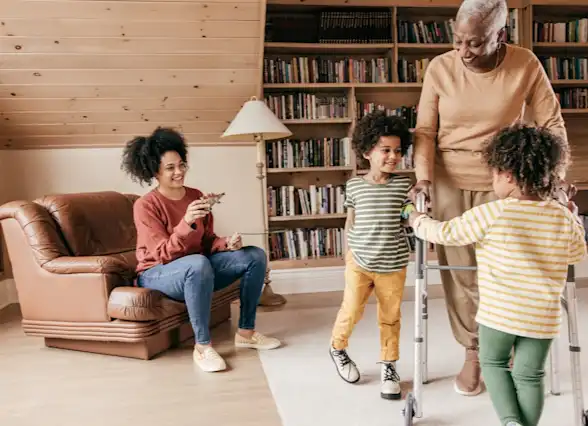
Helpful Highlights
Gait changes can be a leading indicator of a larger issue and should be addressed.
Gait problems may be keeping your loved one from participating in things they enjoy, like family activities.
Solutions include thorough medical evaluation and treatment of conditions like arthritis, hearing or vision loss, as well as the addition of assistive devices, appropriate shoes, and more.
“Gait” is a term for how we walk. In the medical field, we hear terms like “impaired gait,” “unsteady gait,” “improved gait” and “gait speed.”
Watching your loved one struggle with the simplest act of walking can be difficult for both of you. Young children concentrate as they make their first steps and before long, they are off and running. We don’t think about taking steps after we learn this skill; it becomes a natural movement that gives us mobility and independence, and oftentimes self-worth. Aging is a normal and inevitable process, and over time we may not be able do the things we once could—or we have to do them differently. Unfortunately, this can be disheartening and overwhelming.
Studies have found that gate disorders can be an indicator for dementia.
Studies have also found a correlation between gait speed and life expectancy (the slower the speed, the shorter the life; the faster the speed, the longer the life).
Reasons for impaired gait range from super simple to quite complex. Understanding what may be causing gait changes and the options for promoting improvement can give you both control, dignity, independence, and perhaps even prevent a life-changing injury.
Causes of Gait Change
Normal aging
Improper fitting shoes
Foot pain
Joint pain in the knees or hips
Orthopedic problems, such as fallen arches, arthritis, or bunions
Neurological conditions, such as neuropathy, or motor impairments
Medical conditions, such as heart, lung, or vascular conditions, or obesity
Your loved one may start to withdraw from activities because they cannot keep up or they feel like a burden when others have to wait for them. They may become depressed as they face aging and the things they used to take for granted, but now cannot do. With your assistance, your loved one can improve their gait and gait speed, enabling them to be independent, active, social, and participate with the loved ones in their life.
There are several ways to assess, support, and assist your loved one to stay on their feet and keep moving:
Go with your loved one to their physician appointments
Most often, the older adult will tell the physician “I’m fine.” It will be up to you to report changes. The more information the physician has, the better care plan they can develop, as well as make appropriate referrals.
Inspect your love one’s shoes
Ask questions. Why do they like that particular shoe? Slides, flip flops, and other shoes that may slip off are never a good choice, but they may choose such a shoe because they are no longer able to tie shoelaces or because full shoes have become restrictive and uncomfortable.
Make sure shoes fit properly and have a non-skid sole.
Search for a shoe without laces that won’t come off the foot easily.
Ask their primary care provider if arthritis, diabetes, bunions or other foot health issues may make your loved one eligible for a custom fitted shoe.
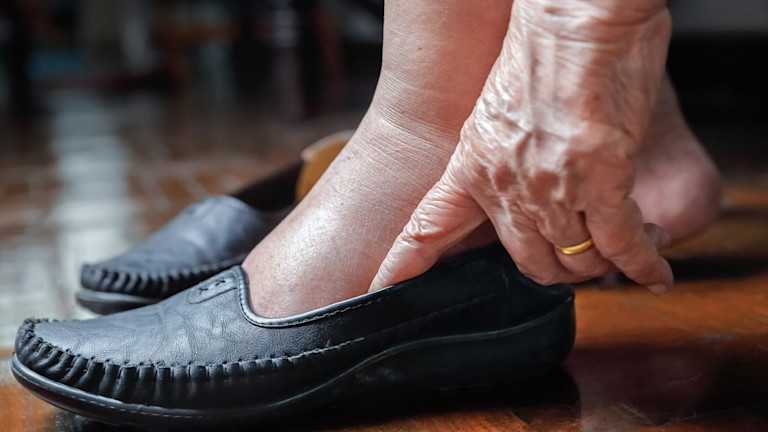
Watch your loved one walk
Do they lift the toe of their shoe? Or drag it? This may be an opportunity to introduce physical therapy or exercises, many of which can be performed sitting in a chair, to increase strength and flexibility.
Do they walk slower alone, but quicker when holding onto the grocery store cart or your arm? If this is true, a walker may be the answer. Walkers come in many forms and are commonly seen throughout society, and the walker your loved one uses at home may differ from the one they use while out. For the greatest independence, choose a walker with wheels, hand brakes, and a seat for times when a short rest is needed or waiting in line is necessary. These are commonly called "Rollators."
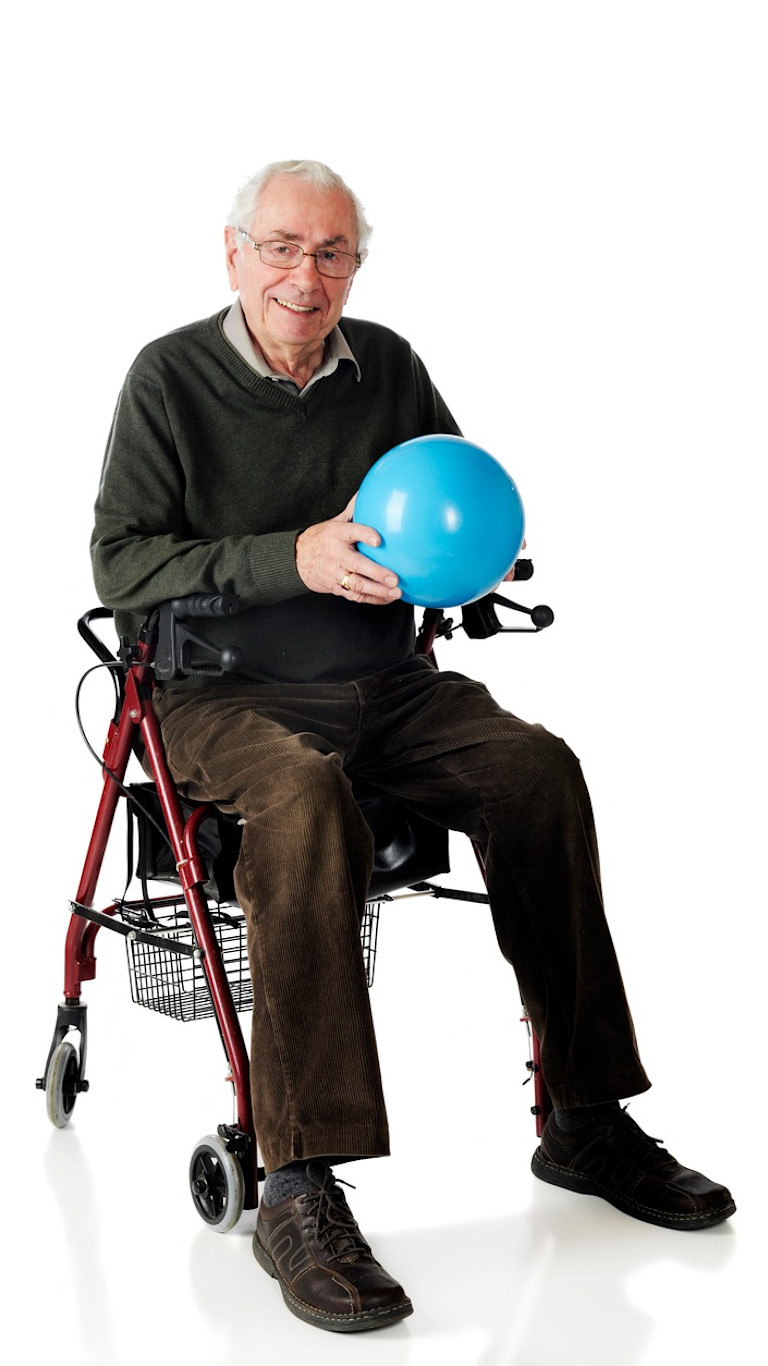
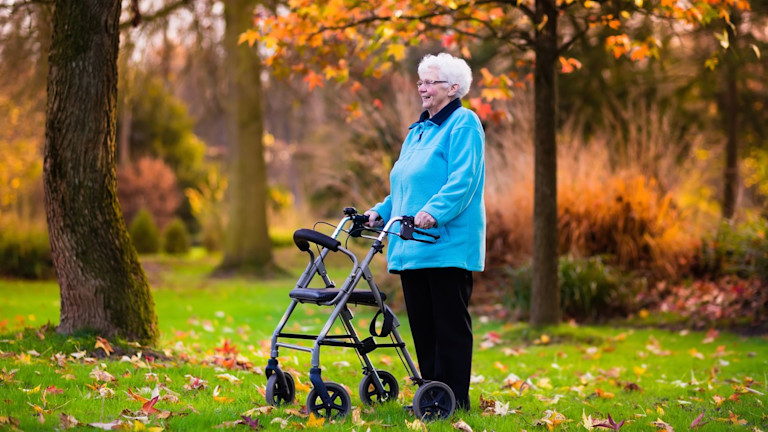
If they do need the support and sense of safety that comes with holding on to you, try to change the pattern and hold on to them instead. While holding on to you, if they lose their balance or start to fall, you won’t be able to catch them and may likely go down with them. If you are supporting them, however, you can and will be more effective in those situations.
Safety – an unsteady gait can be a safety issue, as well, resulting in a fall and/or bumping and catching injuries such as bruises, skin tears, broken bones, or hitting their head. An injury from a fall can cause rapid mental and physical decline, and in some cases death.
Mentally & Emotionally – May cause a decline in confidence, increase fear and depression, or lower their self-esteem.
Physically – Pain or a broken bone, coupled with prolonged healing, will impact their ability to walk, temporarily or permanently. A head injury can cause myriad functional and cognitive problems.
There is much truth to the saying "Use it or lose it." We all want to maintain our ability to participate, be independent, and avoid worrying or burdening others. Observation and prevention can be the key to graceful aging and prolonged mobility.
Walking aids, custom shoes, and therapy services may be partially or wholly covered by your loved one’s health plan.
RESOURCES
Fritz, S., & Lusardi, M. (2009). Walking speed: The sixth vital sign. Journal of Geriatric Physical Therapy, 32(2), 2-5. Link
Quinlan, S., Fong Yan, A., Sinclair, P., & Hunt, A. (2020). The evidence for improving balance by strengthening the toe flexor muscles: A systematic review. Gait & Posture, 81, 56-66. DOI
Studenski, S., Perrera, S., Patel, K., Rosano, C., Faulkner, K., Inzitari, M., Brach, J., et al. (2011). Gait speed and survival in older adults. JAMA, 305(1), 50-58. doi: 10.1001/jama.2010.1923
No content in this app, regardless of date, should ever be used as a substitute for direct medical advice from your doctor or other qualified clinician.
Get more support and guidance on insurance benefits, medical records and legal forms.
Helpful brings together your insurance benefits, legal documents, and medical records in one personalized place — so you always know what you have, and never have to search again.
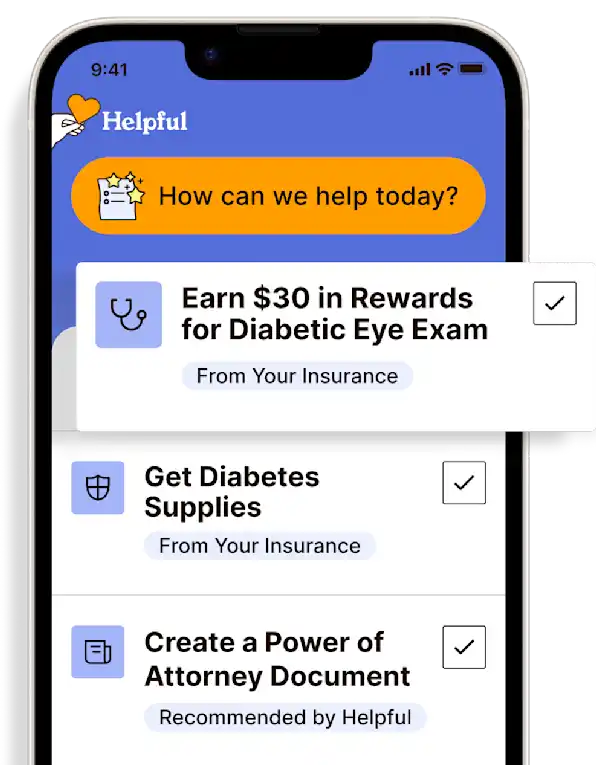
Technology for Health Tasks. Mental Health for the Tough Stuff.
Helpful connects your medical records, insurance, and caregiving tasks automatically. And when you need more than logistics, a therapist is here to guide you.
In-Network and Covered
For Individuals, Couples and Families
HIPAA Compliant, Data Stays Private
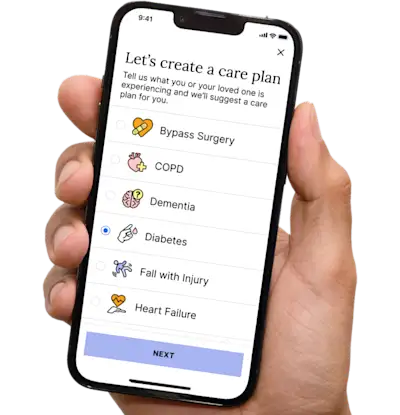

Healthcare Tasks Simplified
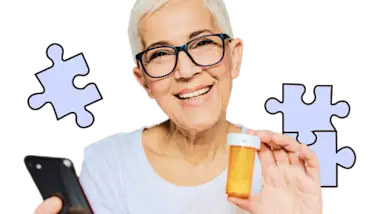
From syncing records to spotting drug interactions, Helpful does the heavy lifting, turning complex health info into clear tasks and showing you benefits you can actually use, giving you clarity and control over your care.

In-Network Mental Health

Our licensed therapists are here to support you and your loved ones through stress, burnout, and life’s hardest moments, with an inclusive, compassionate approach that works with most insurance plans.

Create Legal Documents

Plan ahead by creating will, trusts, advance directives and more, that ensure your wishes are honored in the event you can’t speak for yourself -with Helpful guiding you every step of the way.